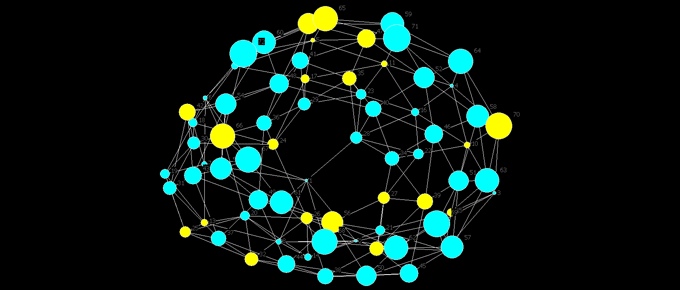Network Evolution

Publications
Research Summary
How do online health networks evolve? A growing number of online health communities offer individuals the opportunity to receive information, advice, and support from their peers. Our recent studies have demonstrated that these new online contacts can be important informational resources, and can even exert significant influence on individuals’ behavior in various contexts. However little is known about how people select their health contacts in these virtual domains. This is because selection preferences in peer networks are notoriously difficult to detect. In existing networks, unobserved pressures on tie formation—such as common organizational memberships, introductions by friends of friends, or limitations on accessibility—may mistakenly be interpreted as individual preferences for interacting/not interacting with others. To address these issues, we create a novel in vivo design within an online exercise program, in which anonymous participants have equal opportunity for initiating relationships. This allows us to identify individuals’ preferences for health contacts, and what these preferences imply for members’ access to new kinds of health information, and for the kinds of social influences to which they are exposed.
 Our results show that participants displayed complete indifference to the fitness and exercise profiles of others, instead selecting partners almost exclusively on the basis of similarities on gender, age, and BMI. Our findings suggest that rather than expanding and diversifying their sources of health information, participants’ choices may limit the value of online interactions by duplicating and reinforcing already familiar ideas, norms, and information. In light of our findings, we discuss designs that may be useful for policy makers trying to improve information access through online health networks.
Our results show that participants displayed complete indifference to the fitness and exercise profiles of others, instead selecting partners almost exclusively on the basis of similarities on gender, age, and BMI. Our findings suggest that rather than expanding and diversifying their sources of health information, participants’ choices may limit the value of online interactions by duplicating and reinforcing already familiar ideas, norms, and information. In light of our findings, we discuss designs that may be useful for policy makers trying to improve information access through online health networks.
